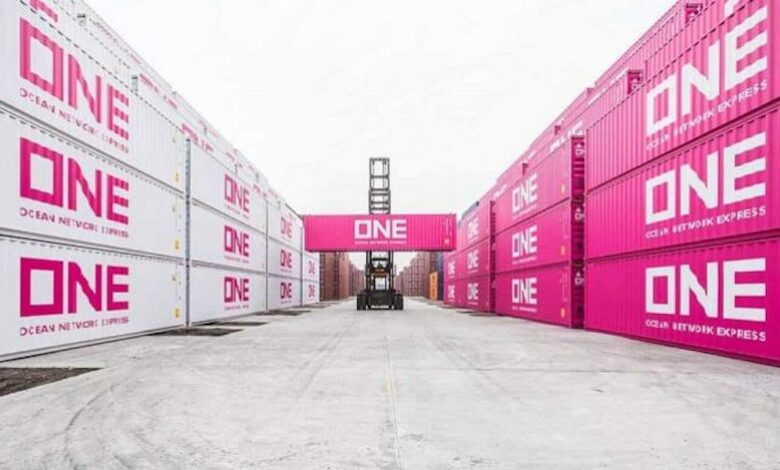
Covid revisited: Empty container concerns grow as Red Sea shipping crisis drags on
The Houthis traded fire with fire once again yesterday, claiming they had carried out a strike on an American navy heavy load ship called Ocean Jazz, something disputed by the US military who in turn took out some Houthi military installations in Yemen in attacks coordinated with UK counterparts.
With the Red Sea shipping crisis showing no sign of clearing up, shippers are becoming increasingly anxious about the availability of empty containers, a potential supply chain headache last witnessed during the covid pandemic.
Meanwhile, in London, Arsenio Dominguez, the new secretary-general of the International Maritime Organization (IMO), opened the first sub-committee meeting under his tenure reiterating his message calling for peace in the Red Sea.
No sector has witnessed greater diversion disruption more than container shipping, with around 90% of all boxships opting to take the longer route around the African continent on voyages between Asia and Europe rather than risk being targeted by the Iranian-backed Houthis, who have fired missiles and drones at some 35 merchant ships since November in their response to the ongoing war between Israel and Hamas.
This soaking up of container tonnage has sent freight rates rocketing, while importers are scrambling to get access to containers at origin, something that is expected to become far more difficult in the coming three weeks towards the Chinese lunar new year.
The Container Price Sentiment Index (xCPSI) developed by Container xChange, a German box-buying platform, assesses the prevailing market sentiments among supply chain professionals on the anticipated trajectory of container prices in the upcoming weeks. As of January, the xCPSI values have surged to historic highs.
Christian Roeloffs, CEO of Container xChange, pointed out that supply chains currently hold a surplus capacity of over 6m teu, accumulated over the last two years due to a demand deficit. This excess capacity acts as a “vital cushion” to absorb potential shockwaves in the supply chain, he said.
“The degree of impact hinges on the duration of the Red Sea crisis,” Roeloffs said. “Should it persist for an extended period, and the excess capacity continues to be absorbed, we could potentially face serious challenges. Drawing a comparison to the Ever Given situation, where disruption occurred during a period of extreme difficulty in securing capacity and historic peak demand, rates skyrocketed to 10 times pre-pandemic levels. While we aren’t currently at those historic highs, the recent rate surge is noticeable when viewed in the short term.”
This week CMA CGM, the world’s third-largest liner, announced an empty container imbalance surcharge of $100 per unit on top of similar equipment surcharges out of Turkey to the Mediterranean and North Africa announced last week.
Meanwhile, German carrier Hapag-Lloyd has detailed a new landbridge box service through Saudi Arabia. The company said it would offer land connections from Jebel Ali, Dammam and Jubail to its ocean shuttle service out of Jeddah.